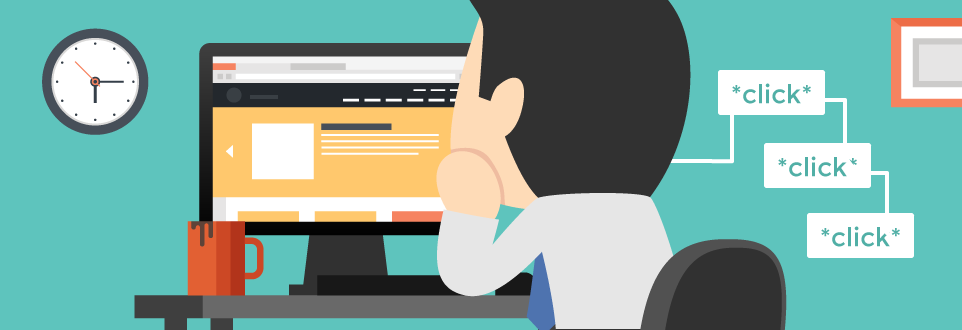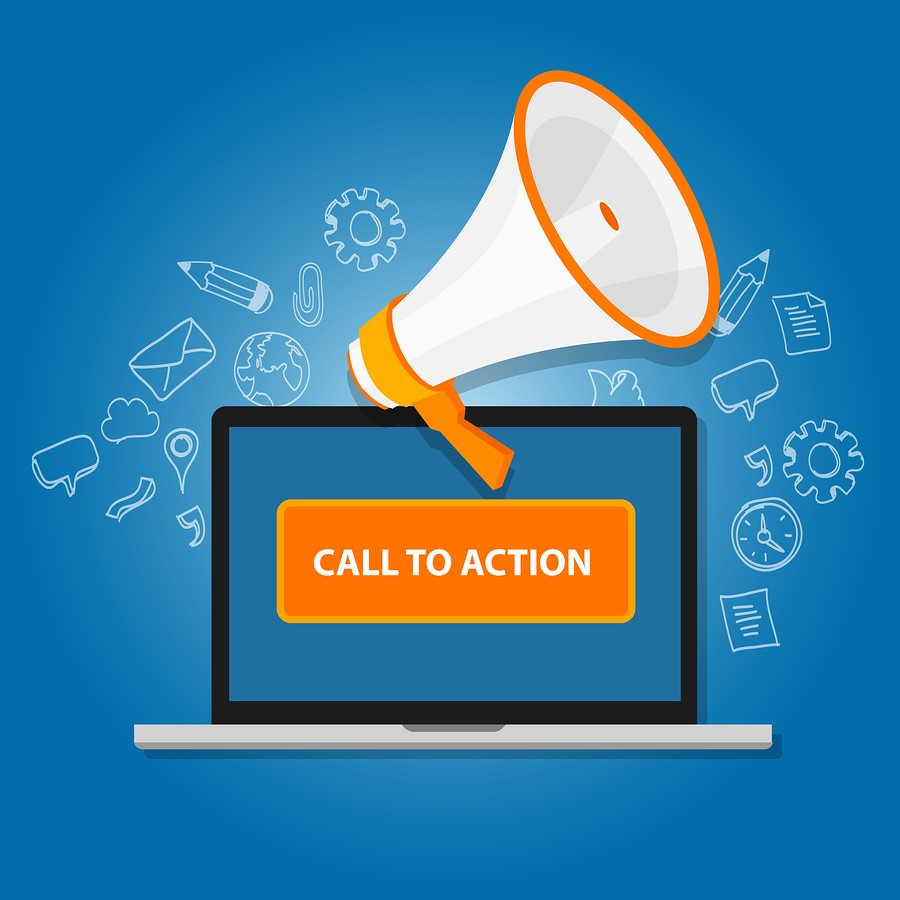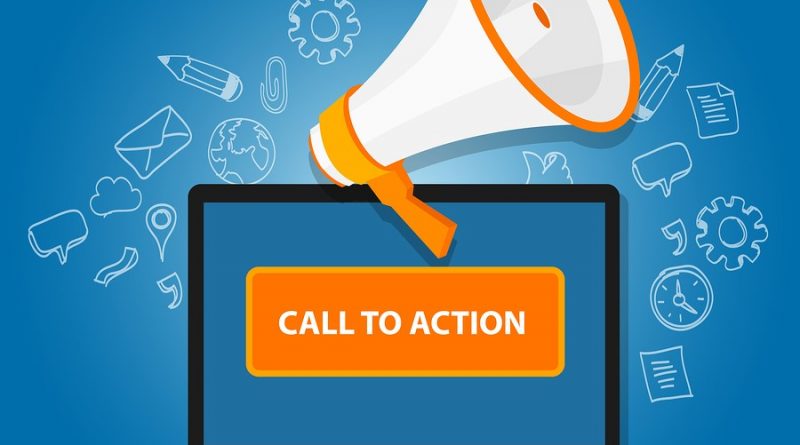Key features that should be on your homepage
A homepage is an essential tool for any business, being the first impression that customers see. You only have a few seconds to grab their interest, so a homepage must introduce a service or product immediately in order to entice visitors to delve deeper. Here are some crucial elements that should be a part of any homepage:
- A logo
This needs to be immediately visible as it is the focal point of the whole brand and identity of your business. A logo is the representation of everything the brand stands for and is an immediate way for customers to recognise and connect with that business.
- Navigation
Ideally it should be obvious for a visitor how to navigate the site. Intuitive and simple navigation that is easy to locate is the key. The aim of excellent navigation is to provide a map that provides visitors with an overview but that also helps them to locate the specific thing they are looking for with the most efficient route to get there.

- Catchy headline
In a matter of seconds, the site needs to communicate what’s on offer for the visitor. A headline, along with sub-headings and a small paragraph will give a concise description, ideally around 2-3 sentences long and both catchy and memorable. For website help, consider Doncaster Web Design from a company like https://inter-arc.net/inter-service/web-design-doncaster
- Call to action
The goal of a website is to grab that attention and encourage visitors to find out more. A call to action is an effective tool for taking people to deeper pages, establishing direct contact or initiating a sale. CTA buttons can be linked to subscriptions, contact forms or other interior pages within the site. The easier a CTA button is to see and use, the greater the chances of that visitor spending more time browsing your site.

- Images
Humans are highly visual creatures and a photo or image will register faster in our brains than reading a chunk of text. Including people in these images is even better, as our brains are hardwired to draw our eyes to human faces. Seeing people use a service or product allows us to emote and also adds credibility to a site.
- Content
The language used on the homepage must not only clearly and concisely describe what the product or service is but how it connects and why it’s important to the visitor. Consider the target audience, keep text simple and avoid jargon are useful tips when planning text for a homepage.
- Footer information
Sometimes overlooked, but the information at the bottom of the page is just as important as that which is found at the top. As the visitor reaches the bottom of the page, they should be provided with details like links to social media accounts, contact information and other useful links.


